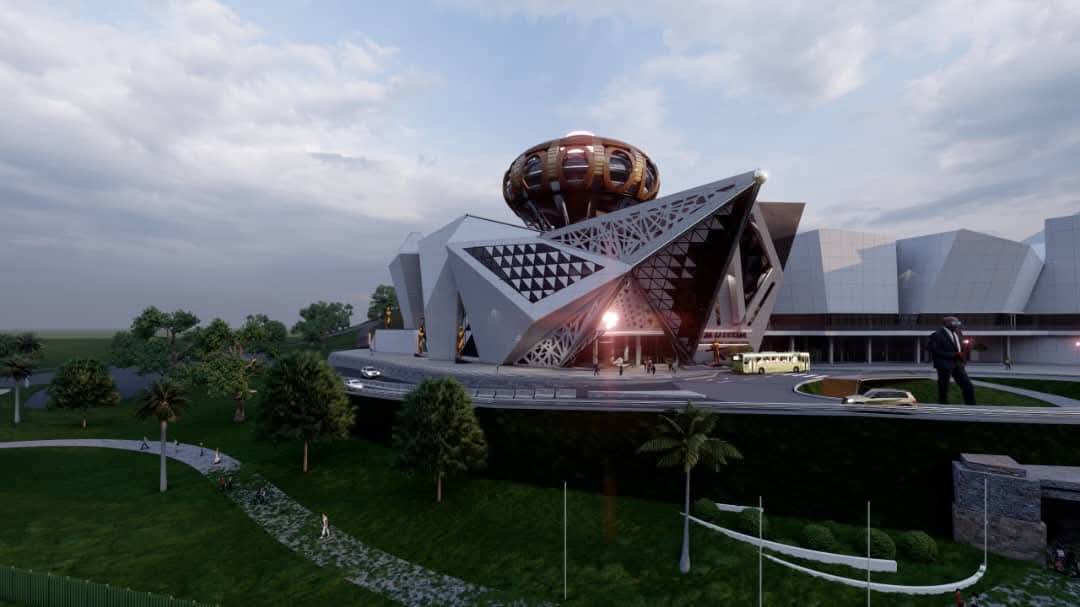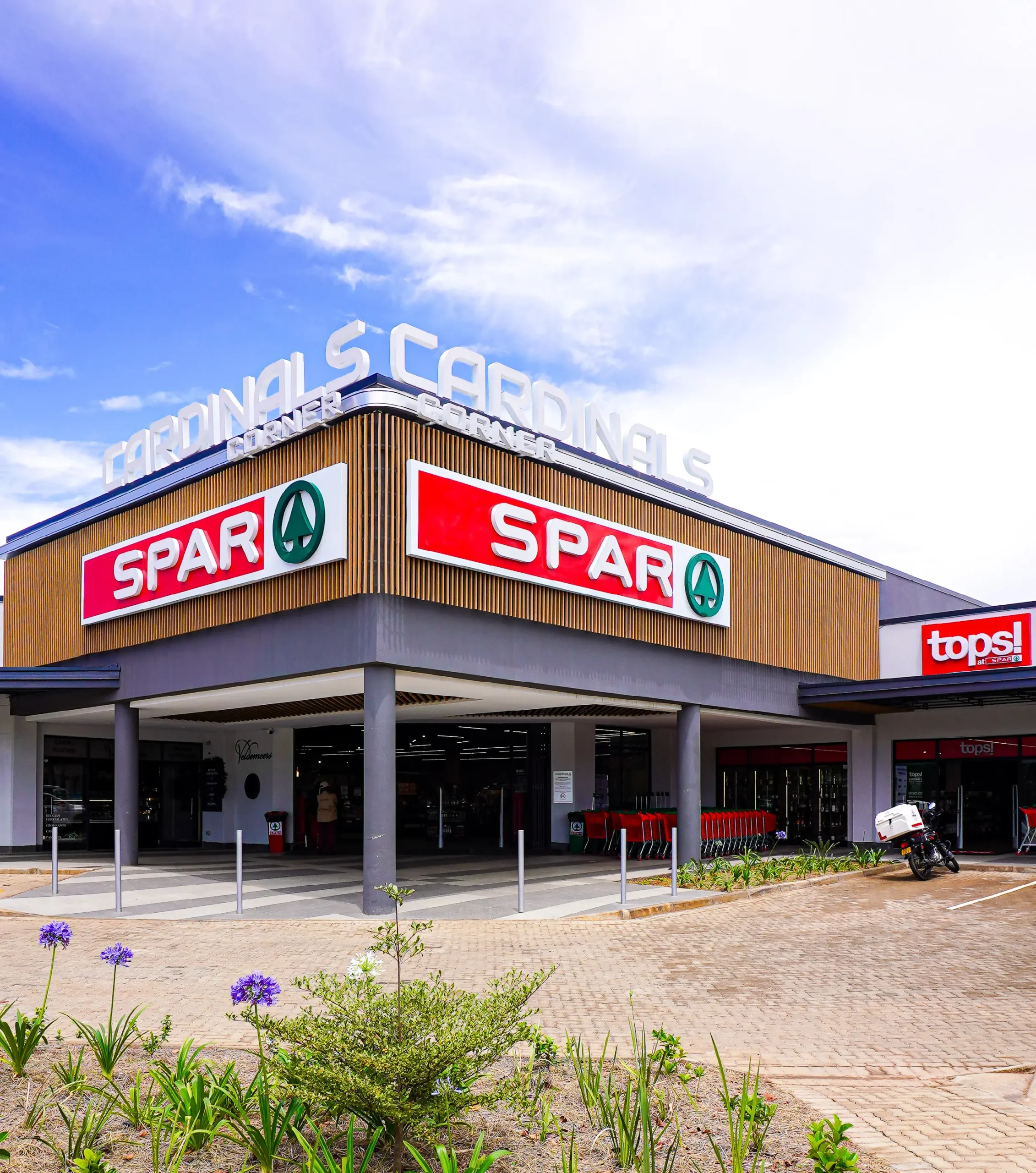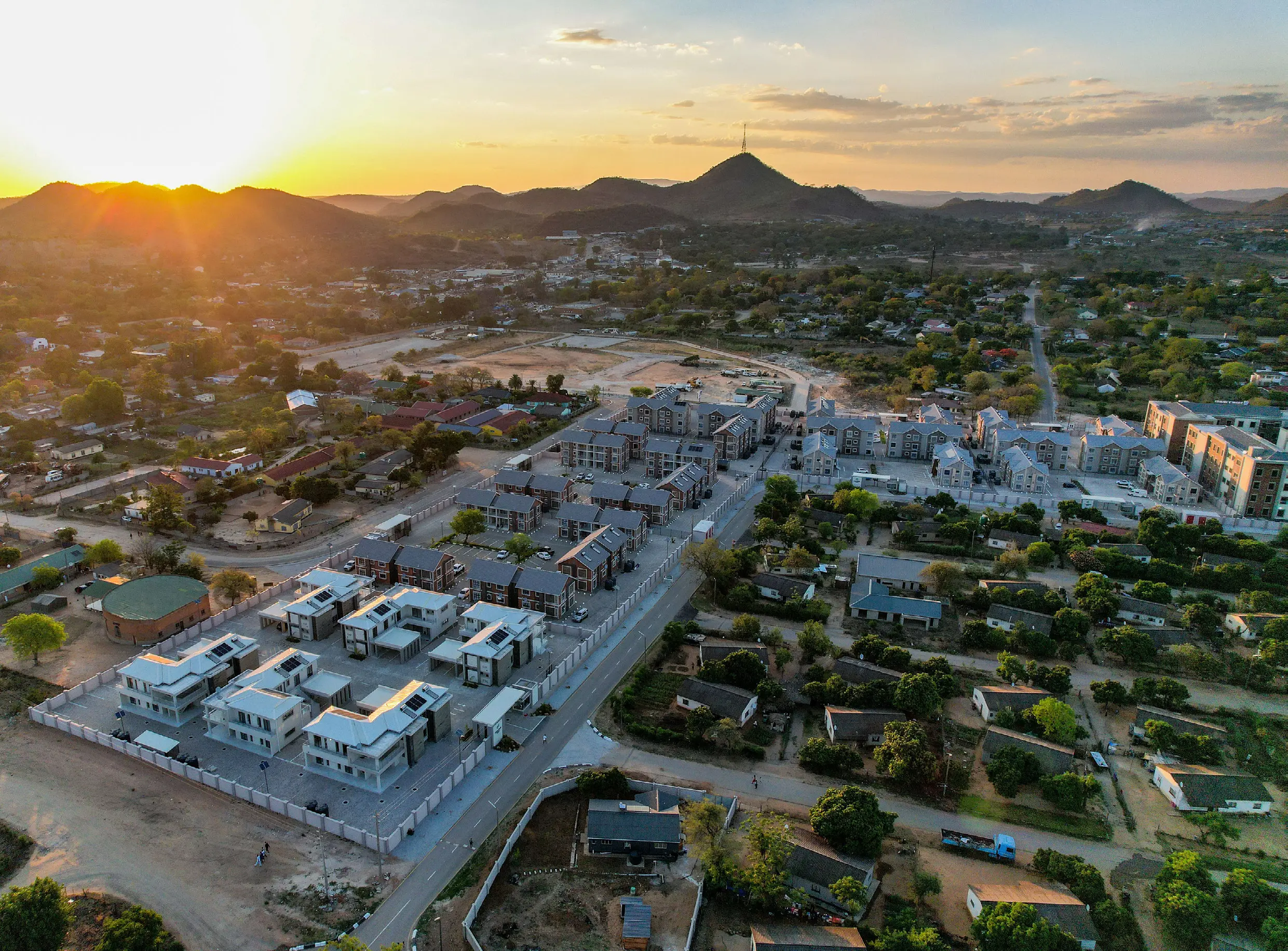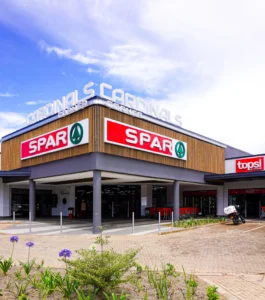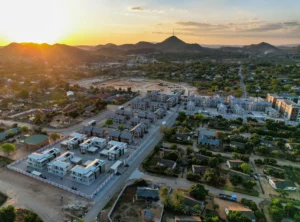Dinson Iron and Steel plant in Manhize Zimbabwe is nearing completion following reports that 80 percent of the power cables and electrical substations to provide power to the plant have already been completed. A subsidiary of China’s largest stainless steel manufacturer, Tsingshan Holdings Group Limited, Disco is constructing the US$1.5 billion integrated steel plant in Manhize, close to Mvuma.
Official timelines anticipate that the plant will be put into operation in August. Currently, 50% of the project is complete.
In a Public partnership signed last year, ZESA and Disco agreed that the former would construct a 100-kilometer electricity transmission line. The line would run from the Sherwood substation in Kwekwe to the steel plant.
What will power Dinson Iron and Steel plant in Manhize?
Two 175 MVA substations and a high voltage 330 KV power line are being constructed as part of the project to supply power to the Dinson Iron and Steel plant in Manhize.
According to ZESA general manager for stakeholder relations, communications, and welfare, Dr. George Manyaya, the construction of the high voltage power lines and substations is currently at an advanced stage. The manager said that the two partners (ZESA and Disco) recently saw 100% completion of the geological works.
He said that the design of the power lines as well as the substations are currently 80% complete. Also, he claimed that construction work is planned to start soon when the funding is finalized. Other activities that entail financing the construction are already at an advanced stage.
It is regarded as one of the key national strategic projects. Additionally, it would promote economic growth in Zimbabwe. The country was initially known as a regional iron and steel hub.
One of the transformational projects being executed under the Second Republic is the $1.5 billion Manhize project. The project is in line with President Mnangagwa’s economic development strategy. It also seeks to make Zimbabwe one of Africa’s largest producers of steel and iron products. The plant is expected to lower the country’s high steel import bill and improve exports. It is also expected to support downstream industries while creating employment.
Africa’s largest steel plant is closer to being a reality after it has been revealed that the Zimbabwe Electricity Supply Authority (ZESA) has completed the construction of a 27-kilometer temporary power line to supply electricity to the Mvuma Steel Plant production company site, putting the wheels in motion for the establishment of Africa’s largest steel plant.
The temporary powerline will provide the necessary electricity while the permanent powerline, a 97-kilometer high-voltage power line from Sherwood to Kwekwe, is being built. Dinson Steel, a Chinese business, is building the steel mill.
Dinson, a subsidiary of Tsingshan Holdings, has been granted exclusive rights to build a new town between Mvuma, Chivhu, and Chirumanzu districts around its new facility. Dinson Steel spokeswoman Pardon Kufakunesu said ZESA had been crucial in delivering temporary necessities for the start of work, which included the construction of a shelter, during a recent inspection of the site by ZESA board members and top engineers.
Africa’s largest steel plant benefits
The Mvuma Steel Plants will be split into two locations, one in the Midlands for iron ore smelting and the other in Chikomba, Mashonaland East, for the majority of the mining and beneficiation. The facility is intended to employ 5,000 people and will be three times the defunct ZISCO Steel, formerly the continent’s largest.
According to ZESA Authority’s Holdings executive chairman Sydney Gata, this is a crucial national initiative, and the business is dedicated to seeing it through. It will be the country’s largest consumer project, requiring up to 500MW in the next two years, which is about a third of its current usage.
Gata reported that the business had finished all of the transmission system designs, including the line that will run from Sherwood near Kwekwe to feed the project’s two locations. This initiative is projected to provide the country with several economic and social benefits.






